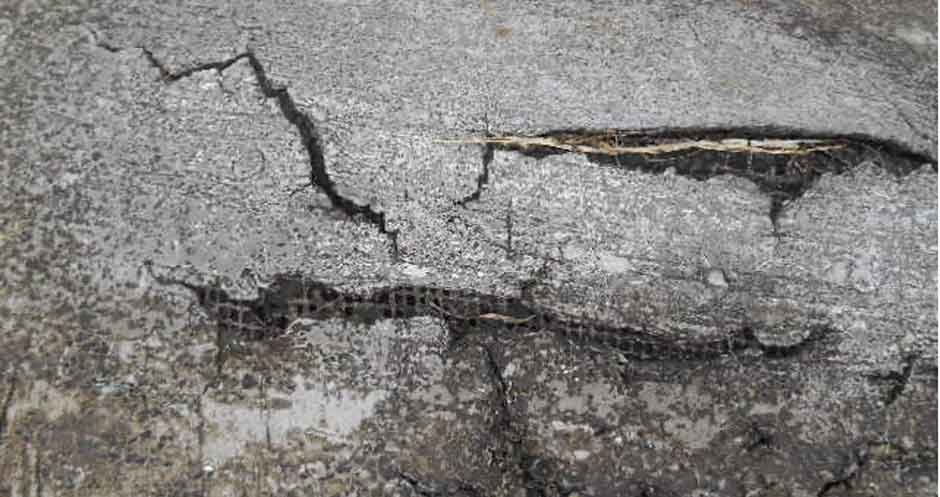The roof is one of the fundamental elements of a building structure notes DRP Management, a professional property management company. It shields the building and its inhabitants from the elements and counts to the system’s aesthetic charm. There are various sorts of roofs, individually with their benefits and drawbacks. This article will investigate the multiple styles of tops and why flat roofs leak.
Variety of Roofs
- Flat Roof: A flat roof has either a slight slope or none. Although they can also be employed on residential buildings, flat roofs are typically found on commercial structures. Flat roofs can be constructed of PVC, rubber, or asphalt.
- Pitched Roof: A roof with a steep slope is directed to a pitched top. Residential buildings repeatedly have pitched roofs. They may be created from shingles, tiles, or metal, among other materials.
- Mansard Roof: A roof with two slopes on each side is called a mansard roof. Analogized to the top slope, the lower slope is steeper. Mansard roofs are frequently found on houses and are commonly bonded to French design.
- Roof with two gambrels: A gambrel roof is a type of roof that has two slopes on each side. The upper slope is less steep than the lower slope. Gambrel roofs are commonly used in residential buildings and are frequently associated with Dutch architecture.
7 Reasons Why Flat Roofs Leak
- Poor Drainage: Flat roofs are additionally predisposed to leaks than pitched roofs because they do not have enough slope to allow water to drain off quickly. Poor drainage can guide to water pooling on the roof, which can cause leaks.
- Damaged Flashing: Flashing is a material that is used to seal the joints between the roof and other structures, such as chimneys, vents, or skylights. Damaged flashing can allow water to enter the top and cause leaks.
- Poor Installation: Flat roofs require special installation techniques to ensure watertight. Poor installation can lead to gaps or seams that allow water to enter the top and cause leaks.
- Age and Wear: Flat roofs are more prone to leaks as they age and wear. Over time, the roofing material can become brittle, crack, or develop holes, allowing water to enter the roof.
- Extreme Weather: Flat roofs are more exposed to impairment from extreme weather conditions such as heavy rain, snow, or hail. The weight of snow or ice can compel the top to collapse, while high winds can lift the roofing material and induce leaks.
- Roofing Material: The choice of roofing material can also impact the possibility of leaks. Some roofing materials, such as asphalt or felt, are more prone to deterioration and leaks than others, such as rubber or PVC.
- Lack of Maintenance: Regular maintenance guarantees that flat roofs remain watertight. Failure to maintain the roof can usher in the accumulation of debris, which can clog the drains and cause leaks.
Factors to look for in a roofing contractor
Hiring a reliable roofing contractor for Professional Roofing Solutions ensures your roofing project is concluded successfully. Whether you want to repair or install a new roof, you require a contractor with the skills, experience, and expertise to do the job perfectly. Here are some factors to contemplate when choosing a roofing contractor:
1. Licensing and Insurance
The first and foremost element to evaluate when employing a roofing contractor is whether they are licensed and insured. A licensed contractor has achieved the lowest prerequisites set by the state, and insurance protects you from liability in case of accidents or damages.
2. Experience
Another essential factor to consider when selecting a roofing contractor is their experience. Choose a contractor who has been in business for several years and has experience handling different roofing projects.
3. Reputation
A roofing contractor’s reputation is crucial in restricting the quality of their work. Check online reviews and ask for references from past clients to get an idea of their reputation. A good contractor will have positive reviews and testimonials from satisfied clients.
4. Warranty
Ensure the contractor offers a warranty for their work and the roofing materials used. Good security will protect you from any defects or problems arising after installation.
5. Cost
While cost should not be the only factor to consider, it is essential. Get quotes from several roofing contractors to compare their prices and services. Avoid preferring the cheapest quote, as it may not provide the best quality work. Choose a contractor who offers a fair and reasonable price for their services.
6. Expertise
Different types of roofing projects demand different levels of expertise. Select a contractor with experience handling the roofing project you need, whether it is repair, installation, or replacement.
7. Safety Measures
Roofing projects can be dangerous, so choosing a contractor prioritizing safety is paramount. Ensure the contractor has safety protocols, such as wearing protective gear, using safety harnesses, and securing the worksite.
8. Material Options
Different roofing materials have additional benefits and drawbacks. Select a contractor who offers a variety of roofing materials and can recommend the best material for your specific needs.



